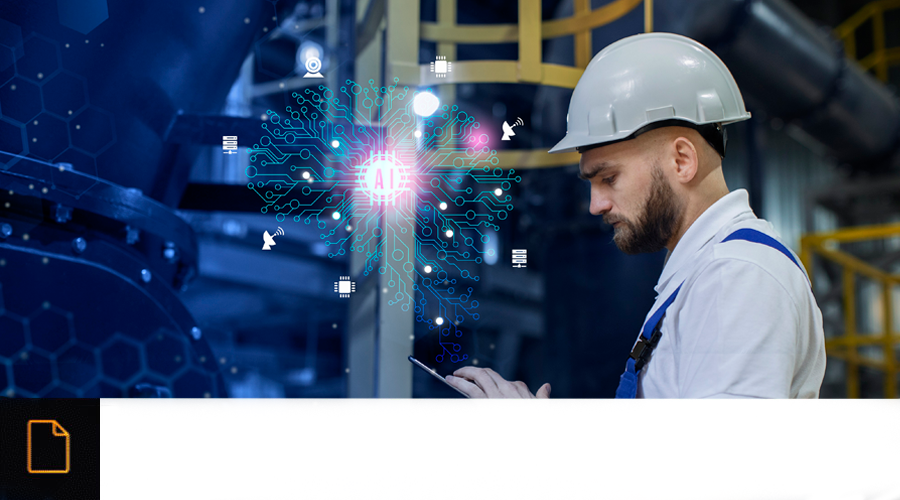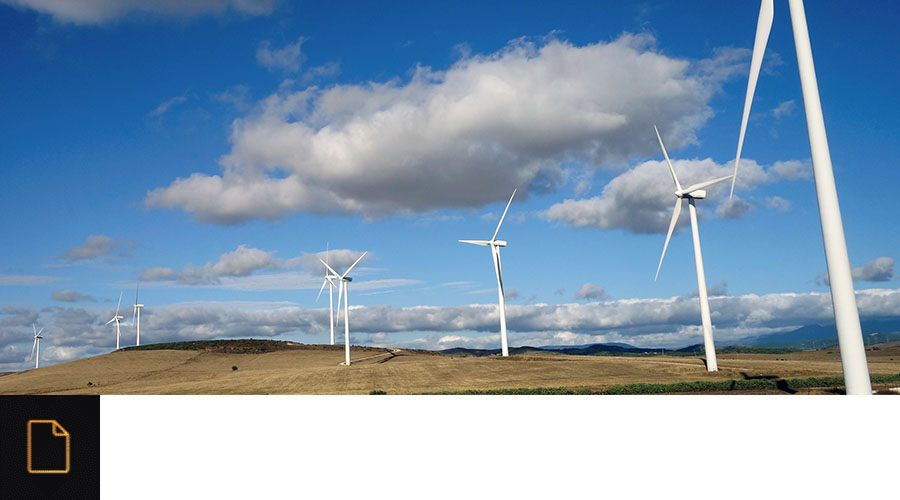IOT INDUSTRIAL PLATFORMS AND THE DIGITISATION OF WATER TREATMENT
Written by Antonio Ramírez
23 May 2022 | IoT Platform | Article
The reason why industrial IoT platforms contribute to the increasing digitisation of companies and organisations that manage the treatment of drinking water, wastewater, ... is that their approach starts by digitising assets and infrastructure before processes.
I know it may sound obvious, but as much as it may seem so to you, it is something we encounter more often than expected.
"... others talk to me about how much their data or business intelligence platforms will bring to my business and decision making and you ask me what assets to monitor and what we need to know about them ... why are you asking us this?
What you have just read is part of the conversations we have with customers and companies that are interested in their increasing digitisation.
I put it in a much more business-oriented way, but the main idea is always the same, ... if you put rubbish in a data management system, you will get rubbish.
It may sound radical, but it is the heritage we have at MonoM. We are great managers of industrial data, but our value lies in knowing each asset (valve, motor, gear, bridge, wind turbine, ....) to control, and knowing what analytics to apply to it so that we can interpret it correctly and thus obtain the necessary data to be managed with our predictive AI tools.
Our customers' doubts often disappear when we talk to them about the many use cases they can solve. Because being able to automate water level, monitor water leak detection, perform predictive maintenance on the aforementioned assets, or control water quality or domestic meters are functionalities that bring great value to water organisations, but also great savings.
As well as the digitisation of asset maintenance and its modelling and tracking in a Digital Twin, with all the inclusion of OT, IT and IoT data.
It is true that the digitisation of water treatment and distribution is a growing trend worldwide, and this is reflected in the cases in which we are intervening, from both sides of the Atlantic Ocean.
Water, as an increasingly scarce commodity, needs a technological evolution that allows its control, supply and quality, and that is what industrial IoT platforms bring to this industrial sector. By 2022, the number of IoT sensors has grown to 14.4 billion worldwide, but it is estimated that by 2025 it will reach 27 billion devices, with the sensorisation of all the assets that treat and distribute water in each country being responsible for part of this growth.
The water sector is an increasingly digitalised industry that is starting to take on a relevant role in #smartcities and #smartcountries.
Antonio Ramírez - CMO Álava Group











